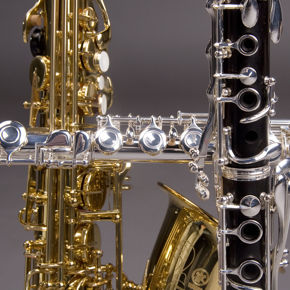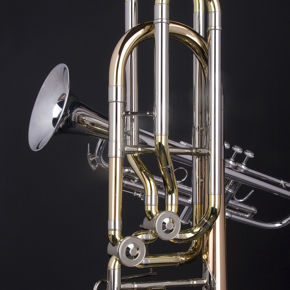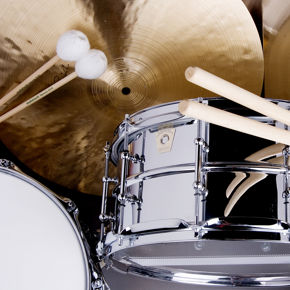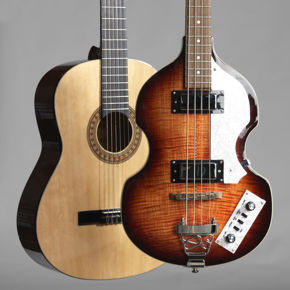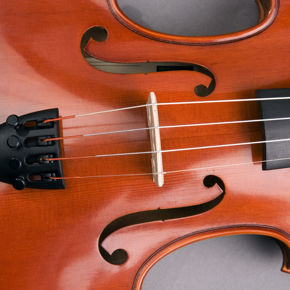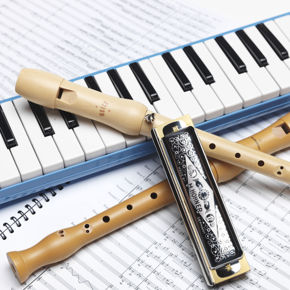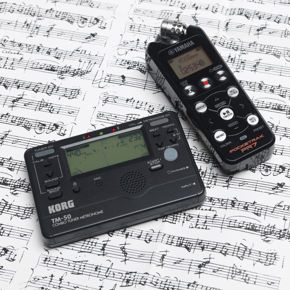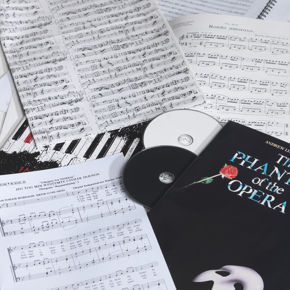NINE PIECES FOR SOLO HORN
DESCRIPTION
Nine different works for solo horn by Kerry Turner. The movements are:
1. Phantom Shanties
2. La Entrada de los Caballeros
3. Crossing Union Square
4. The Hunt of the Cheetah
5. La Viuda de Salamanca
6. Caprice
7. Echoes of Glastonbury
8. The Twelve-Tone Waltz
9. The Testament of Saladin
Phantom Shanties (Reflections on Rotterdam Harbour) was commissioned by the Maritime Museum in Rotterdam, The Netherlands. It was to be a gift to their esteemed director Mr. Coen Schimmelpinnenck van der Oije who retired in December, 2005. It is a rather complex tone-poem which contains 6 different themes, each portraying a meaning. At the very beginning, the triplet motive in the low register represents the ships throughout the ages that have been docked at Rotterdam Harbour. The low sixteenth note passage symbolizes the deep water of the North Sea, which also docks ancient and less fortunate ships. The fanfare-like melody reflects the pride and security of the city of Rotterdam itself. The authentic sea shanty Een Liedje van de Zee is introduced and quoted in a very playful fashion, then becomes interwoven into the fabric already established by the other themes. In the middle of the piece, the simultaneous development of the different motives finds its true manifestation as a highly lyrical aria. Reminded once more, though briefly, of the ships harboured on the docks, we hear the beginning strains of the old sea shanty Nelson`s Blood. The piece concludes with the legends of this harbour slowly fading back out to sea.
La Entrada de los Caballeros. In any collection of Kerry Turner's music, one is bound to land eventually on the unmistakable Spanish sound of his native San Antonio, Texas. It does indeed seem to be a genre that falls easily from the composer's pen. La Entrada de los Caballeros, or The Entrance of the Cowboys, is an impression based on Mr. Turner's memories of attending a rodeo in San Antonio as a young man. After the entrance and demonstration by the traditional Western-style cowboys, there was a sudden fanfare, and the gates swung open to reveal the Mexican cowboys. Several caballeros galloped out holding flags, and formed a large circle while Mariachi trumpets in the band blared a festive and happy song. As all eyes turned to the gate, a trumpet fanfare announced the Jefe principale or head honcho who, sitting proudly upon his horse and decked out in the most fantastically ornamented Mexican costume, strode out into the middle of the ring and saluted the audience.
Crossing Union Square may appear a bit challenging at first glance. It is however constructed to sound much harder than it really is. The sixteenth note runs are not that difficult, being based on the simplest of scales. The many jumps and even the main song itself are founded upon arpeggios common to every horn player`s warm-up. During the summer prior to creating these pieces, the composer resided in an apartment in the district of Chelsea in New York City. His many journeys over to the East Side and East Greenwich Village brought him directly to and across Union Square. This colorful spot in the heart of Manhattan is at once a busy intersection for trafic as well as pedestrians, a market place full of fruit and vegetable stalls and even a recreational park for skateboarders and dog walkers.
The Hunt of the Cheetah. Inspired by watching so many wildlife documentaries, this exciting piece depicts the all too familiar scene of the famous cheetah, hiding in the tall grasses of the Serengeti, and making its slow and concentrated approach on a group of springbok. As the springbok pick up the scent of the deadly cheetah, they suddenly burst into a frenzied sprint. The cheetah, a master of speed, explodes into pursuit. The springbok themselves are by no means slow-footed, and this time they escape and disappear across the grasslands.
La Viuda de Salamanca (The Widow of Salamanca.) The composer had this haunting melody floating around in his head for weeks before finally deciding to use it in this collection. However, an appropriate title proved elusive. After playing the piece several times, listeners began to give suggestions, basing them on impressions they had while listening. The consensus seemed to be that this song is about a person, man or woman, lamenting a lost love. Moreover, everyone seemed to think it sounded rather Spanish, thus The Widow of Salamanca was born. Draped in a traditional black Spanish widow's costume, her mind wanders back through the past, remembering the passionate lover whom she married many years ago.
Caprice probably requires the least explanation of all the pieces in this collection. It was originally intended to be an encore piece , allowing the horn player to show off all elements of lyricsm and technique. The form of the piece is obvious. The melody is played three times, each time being more ornamented and capricious .
Echoes of Glastonbury. There are many legends surrounding the famous abbey at Glastonbury, not the least of which is its claim to be the final resting place of King Arthur and Guinevere. It is also supposed to be the site of the famous Isle of Avalon and the residence of the Lady of the Lake. The Holy Grail itself is even purported to be buried there! After setting the scene at the beginning of this piece, there is a small theme that represents the commencement of the recounting of the Arthurian legend, as if to say, it happened here....right here. And then we hear the echo of these words, possibly an echo from the distant past? A mysterious spirit of an ancient age blows across the site. Eventually the romantic tale is underway. It is passionate and dramatic in nature. We then restate the fact- It happened here....right here.
The Twelve-Tone Waltz. Starting off quietly in the low register, this neurotic waltz is composed entirely (with the exception of 5 bars) using a twelve-tone row. The melody changes according to the various possibilities with the given row (stated at the beginning), for example, retrograde, inverted, retrograde inversion and all of these in various octave displacement sequences. It is quite surprising how one can compose so creatively given such limitations. The overall effect is haunting and spooky. It is quite simple for the listener to follow and gives the performer a chance to try something atonal. Caution though, as this one may take a few hours' practice.
The Testament of Saladin. Saladin (1137-1193) was the famed and much admired Sultan of Egypt who, after ending 88 years of Christian rule in Jerusalem, fought against King Richard the Lion-Hearted in the 3rd Crusade. He was by all accounts a highly gifted leader, respected by the crusaders as well as his own men. In a barbaric world and savage setting, he always exercised restraint and civilized behaviour. He showed respect for human life and a devotion to his people and their religion. This piece has all the sounds one is looking for in a fantasy impression piece about arabic legends. It is indeed a sort of Scheherezade for solo horn.
SPECIFICATIONS
Composer Kerry Turner
Instrumentation Horn
Product Type Book [Softcover]
Publisher Phoenix Music NL
No. Pages 32
ISBN 9789055520664
Edition Number 211005
No. PNL211005

